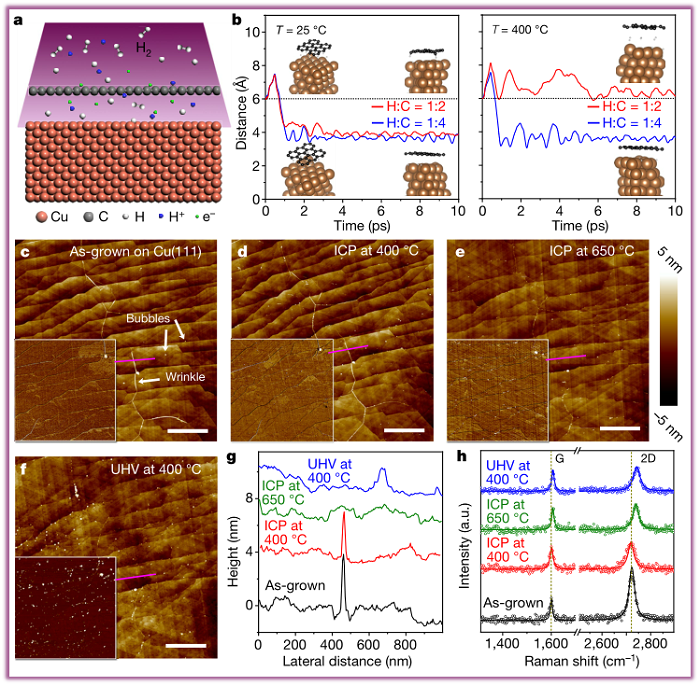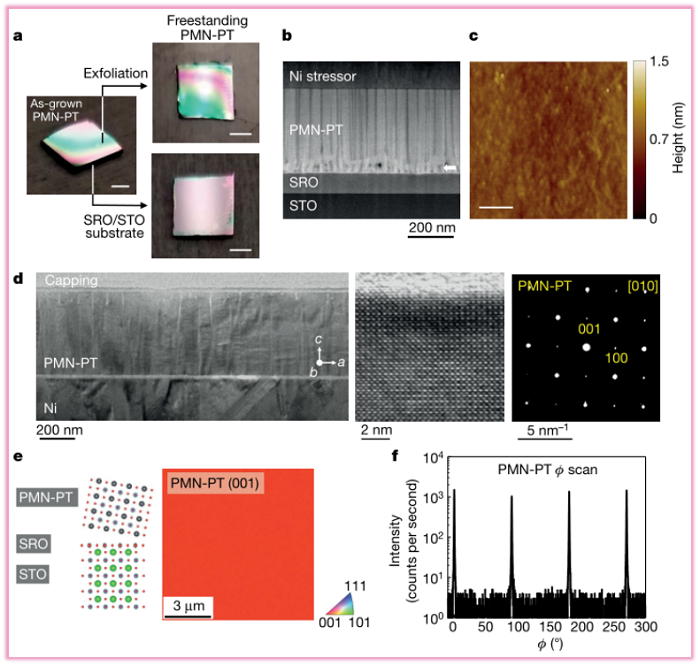
hotline:
17715390137
Tel/Wechat:
18101240246 (Technology)
0512-68565571
Email:mxenes@163.com (Sales Engineer)bkxc.bonnie@gmail.com
Scan the code to follow or search the official account on WeChat:
2D Materials Fronrier After paying attention,
click on the lower right corner to contact us,
Enter enterprise WeChat.
Professional Services Online

Graphene is also known as "black gold" and "king of new materials" . It is known as the "magic material" that changes the 21st century, not only in the fields of aerospace, solar energy utilization, nanometers, electronics, biomedicine, composite materials, etc. It is widely used and has unique commercial application potential in our clothing and daily necessities. The 2010 Nobel Prize in Physics was awarded to André Gem and Konstantin Novoslov, scientists at the University of Manchester, who made outstanding contributions to graphene research. As a "magic material" in the 21st century, graphene will surely bring about tremendous changes to human life and have a disruptive impact on the world. This article summarizes the breakthrough achievements in the field of graphene in Science and Nature this year, and discusses with you.
1. Nature: Rapid synthesis of gram-grade graphene
The team of Professor Rouzbeh Shahsavari of Rice University, Professor Boris I. Yakobson and Professor James M. Tour demonstrated the use of Joule heating of cheap carbon sources-such as coal, petroleum coke, biochar, carbon black, waste food, rubber tires and Mixed plastic waste can synthesize a large amount of graphene in less than one second. The product, named after its production process, quickly prepared graphene (FG), shows the turbocharged arrangement between stacked graphene layers. The rapid synthesis process does not require a heating furnace, solvents and reactive gases. The output depends on the carbon content of the raw material. When using a high carbon source, such as carbon black, anthracite or calcined coke, the output can reach 80% -90%, the purity is greater than 99%, and no purification treatment is required. Raman spectroscopy analysis shows that FG has a low intensity or missing D band, which indicates that FG has a very low defect concentration, and confirms FG‘s turbine strain accumulation. The disordered orientation of the FG layer facilitates its rapid flaking after mixing during the formation of the composite material. The electricity cost of synthetic FG is only 7.2 kilojoules per gram, which makes FG suitable for plastics, metals, plywood, concrete and other composite materials. Literature link: https://www.nature.com/articles/s41586-020-1938-0

Prof. Gao Libo‘s team at Nanjing University has developed a proton-assisted chemical vapor deposition method to grow ultra-smooth graphene films without wrinkles. The method of proton penetration and recombination to form hydrogen can reduce the wrinkles formed by graphene during traditional chemical vapor deposition. Due to the decoupling of van der Waals force interaction and the increase of the distance from the growth surface, some folds completely disappeared. The electron band structure of the graphene film is a V-shaped Dirac cone, and there is a linear dispersion relationship in the atomic plane or between atomic steps, which confirms the decoupling effect with the substrate. The ultra-smooth nature of the graphene film ensures that its surface is easy to clean after wet transfer. In devices with a line width of 100 microns, a strong quantum Hall effect occurs even at room temperature. The graphene film grown by proton-assisted chemical vapor deposition can maintain its inherent performance to a large extent, and this method should be generalized to other two-dimensional materials. Literature link: https://www.nature.com/articles/s41586-019-1870-3




The team of Professor Benjamin Sacépé of Grenoble-Alpes University in France adjusted the ground state of the zero-order Landau energy level of graphene to the appropriate level by increasing the Coulomb interaction and using strontium titanate (SrTiO 3 ) with high dielectric constant as the substrate. Topological phase. With this method, a significant spiral edge transmission occurs in a magnetic field as low as 1 Tesla, and the temperature can withstand up to 110 Kelvin over a long distance of microns. This research is of great significance for exploring the zero-energy mode in superconducting approximate structures based on spiral edge construction. Substrate screening engineering with adjustable hBN spacer layer thickness may affect other related 2D systems. This general-purpose graphene platform can play a role in spintronics and topological quantum computing. Literature link: https://science.sciencemag.org/content/367/6479/781
Source:

| Reminder: Beijing Beike New Material Technology Co., Ltd. supplies products only for scientific research, not for humans |
| All rights reserved © 2019 beijing beike new material Technology Co., Ltd 京ICP备16054715-2号 |